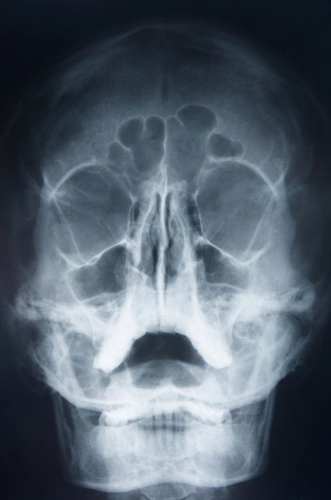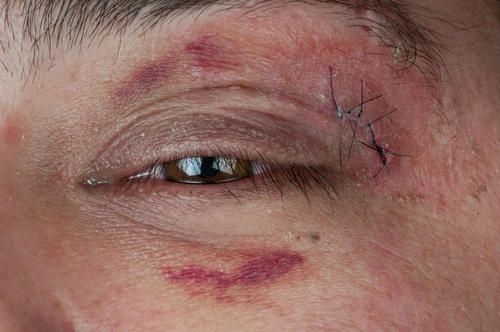There's More to Appending Repeat Procedure Modifiers Than Code, Code, Repeat

Distinguish between the different services and modifier options.
Coding for repeat procedures can be tricky—services need to be clearly defined, and this is why knowing how to use the correct modifier for the situation is crucial. If your claim looks like a duplicate bill due to a forgotten modifier, then you can be assured that your MAC will deny it.
Know the Basics
CMS affords coders several modifier options to help avoid duplicate billing snafus. The top three are straightforward in scope, and if put in the right spot on your claim, will make your coding easy.
“Modifiers help the MAC to determine that the services are not duplicates,” said NGS’s Arlene Dunphy, CPC in an Aug. 24, 2016 webinar. “And, the documentation needs to show this [the repeat procedure] was medically necessary.”
Modifiers 76 and 77 are different. In discussions on modifiers, these two often get lumped together, but they are used differently and target specifics of the care.
For example, let’s say a patient presents in the office with an allergic reaction to chlorine after swimming all afternoon. The patient’s breathing is labored, and she is wheezing. The physician immediately administers a nebulizer treatment that helps to improve the symptoms.
But, after re-assessing the patient, the physician decides to administer another treatment in order to evoke a better therapeutic response to diminish the dyspnea. In this particular case, you need to append modifier 76 (Repeat Procedure or Service by Same Physician or Other Qualified Health Care Professional) with the second use of CPT® code 94640 (Pressurized or nonpressurized inhalation treatment for acute airway obstruction for therapeutic purposes and/or for diagnostic purposes such as sputum induction with an aerosol generator, nebulizer, metered dose inhaler or intermittent positive pressure breathing (IPPB) device) on your claim.
Of special note. Modifier 77 (Repeat Procedure by Another Physician or Other Qualified Health Care Professional) is most often used when another physician’s expertise is needed to fully care for a patient. “77 is most often used if there are questionable findings,” Dunphy explains.
Modifier 77 is most commonly used for repeat x-rays or EKGs when another physician’s interpretation is needed or when another physician compiles the interpretation and report than the physician who provided the initial service, the NGS Medicare webinar fact sheets suggest. “It cannot be used with bundled services [under NCCI edits] or for E/M services,” Dunphy adds.
Take a Look at 59 and 91
Lab work. Reserve modifier 91 (Repeat Clinical Diagnostic Laboratory Test) for clinical diagnostic lab tests, not for physician pathology services. It is best to use modifier 91 only when a physician requests multiple tests for diagnostic purposes, not when the lab repeats a test due to technical or quality assurance issues, or you will risk your claims being denied.
When 59 works. For example, suppose an otolaryngologist performs control of epistaxis twice in the same day, and he uses a nitrate stick to cauterize a frontal bleed. An hour later the patient arrives at the ER with a breakthrough bleed, and the otolaryngologist has to cauterize the bleed for a second time. Would you use modifier 59 or 76 for the second epistaxis control when coding the procedures?
“Theoretically, you would use modifier 76 on the second 30901 (Control nasal hemorrhage, anterior, simple [limited cautery and/or packing] any method), says Barbara J. Cobuzzi, MBA, CPC, CENTC, COC, CPC-P, CPC-I, CPCO, vice president at Stark Coding & Consulting, LLC, in Shrewsbury, N.J. “This is because the physician did the same procedure twice on the same day.”
“However, many payers, including Medicare carriers, only recognize the 76 and 77 modifier with diagnostic procedures and as a result, using it in this scenario may not get your second service paid,” Cobuzzi adds. “You probably will have to use the 59 modifier for separate service (XE for Medicare, indicating a separate encounter) in order to get this second control of epistaxis paid.”
X-Modifiers Give Medicare More Information About “Separate” Procedures
Modifier 59 often causes problems because it’s so frequently used as a catch-all for a variety of services, and that’s why claims that utilize it are denied more readily than others that append more specific modifiers. CMS in particular is concerned that it is being used to unbundle codes inappropriately, so it is requesting that the provider use the X{ESPU} modifiers instead to more accurately describe why the codes should both be payable.
“The 59 modifier often overrides the edit in the exact circumstance for which CMS created it in the first place,” the MLN Matters® article MM8863 explains. “CMS believes that more precise coding options coupled with increased education and selective editing is needed to reduce the errors associated with this overpayment.”
Here is a list of more detailed HCPCS modifier options open to you with the CMS clarification from MLN Matters® article MM8863 added:
Reminder. Dunphy instructs, “the X-modifiers are a subset of the 59 modifier. They don’t replace it, but if you feel one of these X-modifiers fits your situation use one of them.”
Resources: For a closer look at the NGS Medicare information on repeat modifiers, visit https://www.ngsmedicare.com.
To review the MLN Matters® article MM8863, visit https://www.cms.gov/Outreach-and-Education/Medicare-Learning-Network-MLN/MLNMattersArticles/downloads/MM8863.pdf.




